|
We are five days into our trip and it is time to pack up and head to our next camp. Before we do, I stop in the small Maasai shop on the camp property to make a purchase. The handiwork of the Maasai is displayed in a plain wooden shack with no lighting. I chose and item and negotiate an acceptable price but it takes some doing. There are no fixed prices here and I am not surprised when the asking price starts at four times what we see the same item for in a fixed price shop in Nairobi. The back and forth is in good spirits making the experience part of the fun. We do not leave as early this time, giving us time for one last short game drive at the Amboseli camp. We are pleased to get a last look at the Amboseli giraffe who are grazing near the spot where we will meet our bush plane. The photo below show an adult female and the five young she is caring for. Our travel plans take us back to Wilson Airport in Nairobi and then by separate plane to Ol Pejeta and the Porini Rhino Camp. Two other guests from north of Mumbai join us on the flight. They are headed to a different camp but will rejoin us at the end of our journey. As the engine starts up, we begin talking about the interesting history of our spotter in Amboseli (above with the green sweater). As a boy, I learn, he and others were out watching their livestock graze when a dog they had with them began barking wildly at some nearby elephants. One of the elephants took offense and charged the dog causing the dog and the boys to run for their lives. Unfortunately for Daniel, the dog followed him as he ran and the elephant caught both stomping on Daniel in the process. The result was a badly broken leg. The gentle Maasai who would not hurt a fly on our walk had been the unwitting victim of an elephant's rage. A reminder of just how wild and unpredictable the wildlife can be. Our flight to Nairobi and then to Ol Pejeta was uneventful, except for the late arrival of our friends from Melbourne and their challenges with making a connecting in Nairobi. If you remember, he is the one who stores his passports in his underpants. They were the interesting couple who had left South Africa for Australia decades ago to raise their kids. Any while he was quick witted, He was also forgetful and travel-connection challenged. Thankfully, the good people at Gamewatchers made sure that travel and connections in Kenya were always chaperoned. As we did in the Selenkay, our flight to Ol Pejeta landed on a grass landing strip. This time with a herd of zebra and wildebeest next to the strip. After loading into our land cruiser, our driver and spotter drove us into the herd and after several passes managed to move the animals off the landing strip long enough for our plane to take off. It was a short drive to camp through open plain and then high grass. Once there we were greeted by our hosts and shown to our tents. The dining tent opens up to a waterhole across a stream with a fire pit nearby for evening sundowners. Our tent was nearby with a view of the same waterhole. That afternoon we took our first game drive in the Ol Pejeta conservancy. Before we left, however, a small family of elephants visited the waterhole. The young one above was intent on making some improvements. Our drive immediately yielded sightings. In short order, we saw gazelles, impala, zebra, jackal, white rhino and cape buffalo. In each case we also saw newborn among them. The rains had been good earlier this year, breaking a drought cycle, and the animals were taking advantage of the tall grasses and plentiful water. True to the camp's name, the rhino were plentiful. This white rhino and her attending oxpecker was one of many we saw that first day. We also came upon a male and female white rhino with an exuberant calf. A group of rhinos is called a crash but more about this crash in next week's entry. _ _ _ _ _
All photos and text are copyright Clinton Richardson. The images are from the author's Safari Collection at Trekpic.com. If you like these posts, please tell your friends about the Venture Moola blog at Readjanus.com. Want to plan your own safari? If so, feel free to check out the outfitter we used at Porini.com. And, feel free to share this blog. The more readers the better. Click here if you would like to get a weekly email that notifies you when we release new entries. Or, click in the side column to follow us on Facebook or Twitter. Our gracious hosts through most of our adventure were members of the Maasai tribe, a semi-nomadic people that reside near the game parks we visited. The picture above shows the people from a small village near the Porini Amboseli camp in the Selenkay Conservancy. The Porini camps where we stayed were all located on land leased from the Maasai. Because the Maasai do not hunt wildlife, relying instead on the cattle they raise, the conservancies established by these leases make great places for safari camps. The safari camps are each very eco-friendly, relying on solar power and endeavoring to leave as small an impact as reasonably possible on the land. Our visit to a small Maasai village started with these seven Maasai warriors. They met us during a game drive and, after a short introduction, walked us to their village. Their dress was bright, predominantly red, with lots of beaded jewelry. Their shoes were sandals made from old car and truck tires by a nearby merchant. The walk was less than a mile on a dirt path. The village was surrounded by a chain link fence which we were told was purchased with a money from a gift and used to keep predators from raiding cattle from the village pen during the night. The livestock pen was constructed of sticks with makeshift scarecrows near its entrance. The village also had dogs to help ward off predators. The village itself consisted of the fence and several mud-constructed homes like the ones below. When we entered the village through the fence gate we were greeted by dozens of children and their mothers. 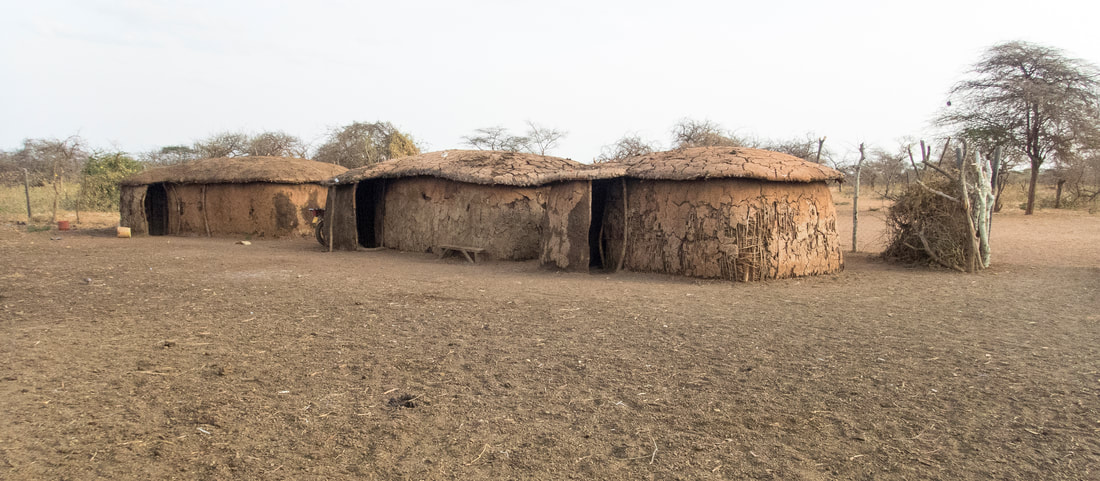 Introductions were made and then demonstrations of day-to-day skills. The women were as elaborately dressed as the men. Often with multiple and brightly colored bead necklaces, earrings and bracelets. The children were active and curious, exchanging phrases in Swahili and English with the guests. The men showed how they made fire by spinning sticks on a small wooden pallet and then began a dance. The women, men and children chanted a tune while each of the men took a turn jumping straight up in the air and landing with great gusto. The children watched and practiced their jumps as the music continued. After our visit, the entire village walked us outside the fence and we stopped for the photo at the beginning of this blog. We then headed back to our Porini camp. While we would see and interact with Maasai men every day - they ran all the camps and included all the game drivers and spotters - we would not see Maasai in their traditional life style again until late in our visit. On market day in the Maasai Mara, we would see Maasai warriors taking their livestock across the open plains to sell and trade. These are the same plains where we watched lion and cheetah hunt. The Maasai warriors escorted their livestock on foot, carrying long stick poles as they walked. The Maasai are under pressure to adapt to modern ways and many, including all those involved in running the safari camps, are actively adapting to the modern world that has invaded their lives. We will talk more about them and how they are adapting in future entries. For now, we leave you with this image of the Maasai herding their cattle and goats across the African plain. - - - - -
All photos and text are copyright Clinton Richardson. The images are from the author's Safari Collection at Trekpic.com. If you like these posts, please tell your friends about the Venture Moola blog at Readjanus.com. Want to plan your own safari? If so, feel free to check out the outfitter we used at Porini.com. And, feel free to share this blog. The more readers the better. Click here if you would like to get a weekly email that notifies you when we release new entries. Or, click in the side column to follow us on Facebook or Twitter. The morning after our return from Amboseli we greeted a nervous guest at the breakfast table. She was part of a young couple from Sidney, he originally from Brazil and she from Hungary. It was their first safari and she had had a difficult night. A lion had been in the camp the night before and all of us heard his deep growl, actually more of a ruff than a growl, throughout much of the night. It kept our fellow guest up and shook her to the core. She could not talk about it without showing a shake in her hands. At breakfast, she shared her experience. How the lion hand come close to her tent and how she worried it might somehow get in. She did not sleep much. "I know no one has been eaten by a lion in these camps," she said. "But, what if I am the first!" Breakfast calmed her and she was ready to go when the morning drive started. That drive treated us to giraffe, zebra, elephants and weaver birds. Above, you can see a curious young calf looking straight at us. Below, you can see an adult giraffe watching herd over a "journey" of young giraffe. As we learned from our guides, mother giraffes do not stay with their calves after they are born. Instead, one female takes over the task for all the young in a herd, or "tower" of giraffes. Everywhere we drove this day we saw trees full of elaborate hanging bird nests, sometimes dozens in a single tree. Often, a tree would contain nests from multiple weaver bird species. Smaller nests from white-browed sparrow weavers and grey-capped social weavers and large nests, typically near the top of a tree, from buffalo weavers. The darker headed white-browed sparrow weaver above is headed into to her nest. Its the one with the opening on the lower left corner of the upper group. The four birds below with their nest are the grey-capped social weavers. This day also brought us in contact with the majestic elephant mixed in with giraffes and zebra (see our September 24 post Safari Countdown for that image) and the following surprise bush visit from grazing female. She quietly approached our vehicle while we were watching a nearby tower of giraffe. It was a busy drive. We also spotted white bellied go-away birds, large blue grey birds with a tall tuft above their head that would make a cardinal envious. On a termite hill long abandoned by its builders we also spied a family of dwarf mongoose. They had taken residence and filled the hill with their tunnels. And, they were as curious about us as we were about them. Our morning drive was followed with an opportunity to walk near the camp. Our Maasai spotter and driver joined along with two armed Maasai guides. Our path followed a dirt road out from the camp through brush and an open field. We explored the plants and saw giraffe and gazelles as we walked. The giraffe seems bigger when you are walking. Daniel, the English name of our Maasai spotter, answered questions as we walked. A fallen weaver bird nest gave us an opportunity to examine its structure. And, an annoying fly gave us insight in the Maasai mind. As we walked, I kept getting buzzed by a fly. He would dive into my ear and then around my head. My fruitless swatting caught Daniel's attention. He walked over and gently plucked the annoying fly out of my ear. Then he showed it to me and walked over to a bush to release it. I probably would have done physical harm to the little beast but he just moved it and we carried on with our walk. It was totally in character with what we learned about the Maasai during our trip. They have a deep relationship with their environment and the animals that inhabit it. They do not hunt, relying instead on cattle for their meat. They respect all life. Even the flies. We end this posting with the beginning of our afternoon game drive which stopped shortly after it started to watch a giraffe get an aerial cleaning. Standing out in the open was a single Maasai giraffe being attended to by half a dozen red-billed oxpeckers. They flew around his neck and head and landed here and there to groom him. One even landed on his lower lip to pick items out of his mouth. From here we headed out toward a Maasai village to get a chance to meet the camp's landlords. The conservancy is on Maasai land and leased from the Maasai tribe. The fact that the Maasaai do not hunt wildlife probably contributes to how unconcerned the animals appear to be with our vehicles which makes the viewing so much easier.
But more about that next week when we explore the village and the Maasai people. _ _ _ _ _ All photos and text are copyright Clinton Richardson. The images are from the author's Safari Collection at Trekpic.com. If you like these posts, please tell your friends about the Venture Moola blog at Readjanus.com. Want to plan your own safari? If so, feel free to check out the outfitter we used at Porini.com. And, feel free to share this blog. The more readers the better. Click here if you would like to get a weekly email that notifies you when we release new entries. Or, click in the side column to follow us on Facebook or Twitter. We will get right to the point. Once you have been around the elephants for awhile you get an appreciation for how smart, compassionate and special they are. The Maasai who have lived with them for centuries hold them in high esteem. Everyone does. When we watched them around the waterhole the first day at the Selenkay Conservancy we were impressed with how communicative they were with their body language and tummy rumbling. The young were playful and curious. The adults watched them and coached them through their activities. There were compassionate moments between the young - trucks flung over sibling's backs, leaning and play - and between the adults. It was also apparent that there was order and structure. And, they were aware. While they did not seem bothered by our presence you could not watch them without knowing that your were being observed as well. One young one directed a short mock charge at our viewing stand and more than one adult stopped to observe what we were doing. So what happens when the elephant is confronted by another special creature of the African wild, the lion? The healthy adult elephant has no reason to fear the lion but it's young, sick and elderly can fall prey to an active pride of lions. We had a chance to answer that question, at least in part, on the afternoon of our third night in the Selenkay Conservancy. Toward the end of our afternoon game drive we turned a corner and happened on four young male lions heading together toward the waterhole where we had viewed the elephants earlier. It was nearing sunset, a time when the elephant might be vacating the waterhole, and the lions were meandering in the general direction of the pool. We scrapped plans for the normal sundowner and stayed with the vehicle, keeping close as the lions slowly made their way. The four boys were in no hurry, likely timing their arrival to coincide with sunset. They would stop and roll around in the road, then wander off a bit and then head back to the road and stroll in the direction of the waterhole. They would stop to play in the dirt. And then move a bit. All the while, they payed little or no attention to our vehicle. This let us get close enough for photo ops like the one below. Once they reached the clearing where the pond was things got even more deliberate. The elephants took notice immediately. As the lions got closer and the sun dropped lower, the elephants began to leave. By the time the lions got to the edge of the pool it was almost dark and all but one elephant, a mature female, had departed. The photos tell the rest of the story. I guess this is how you express your displeasure when you do not have a middle finger. The body language and facial expression of the front lion shows says it all. Shortly after this the elephant left. Message delivered and received. _ _ _ _ _
All photos and text are copyright Clinton Richardson. The images are from the author's Safari Collection at Trekpic.com. If you like these posts, please tell your friends about the Venture Moola blog at Readjanus.com. Want to plan your own safari? If so, feel free to check out the outfitter we used at Porini.com. And, feel free to share this blog. The more readers the better. Click here if you would like to get a weekly email that notifies you when we release new entries. Or, click in the side column to follow us on Facebook or Twitter. It took us awhile to realize what we were seeing when we came upon this family. We were driving our from our lunch spot deeper into the Amboseli park when our driver stopped the vehicle a few feet from this family. Like other families, this one had been heading from the horizon toward the marsh. But unlike the others, this family was not moving. They were stock still. In fact, they looked downright catatonic. Nothing seemed to distract them. They would be perfectly still for a few minutes and then move, only a few feet, strike a pose and become perfectly still again. After letting us speculate, our guide finally explained. The family was sleeping in mid-day in the middle of their march. They had likely traveled a long distance and needed time to rest. We realized then that everyone's eyes were closed. At one point, the little one sat down to rest and the others huddled protectively around her. We took our cue and moved on. We were now driving on a dirt road that separated the marsh from the horizon where the elephants were coming from. This meant plenty of opportunities to see elephants, including largest bulls, up close as they crossed in front and beside our vehicle. More elephants and zebra and wildebeest filled the marsh as we drove beside it to an open pool of water. In some of the wetter areas we would see elephants submerged in the marsh to levels that seemed to defy logic. What a good time this immovable pachyderm seemed to be having. Once we reached the pool we found it teeming with another kind of life. Birds everywhere and none more abundant than the flamingo. Nothing seemed to care much about our vehicle that had to cross a road flooded with water. No one bothered to move when we approached, not the spoon bill, the flamingo, the pelican or even these too blacksmith lapwing chicks. After a full day at Amboselli, our drivers headed us back toward camp in the Selenkay Conservatory. This ride was quicker with fewer detours as you might expect although we still saw animals along the road like the secretary bird below. 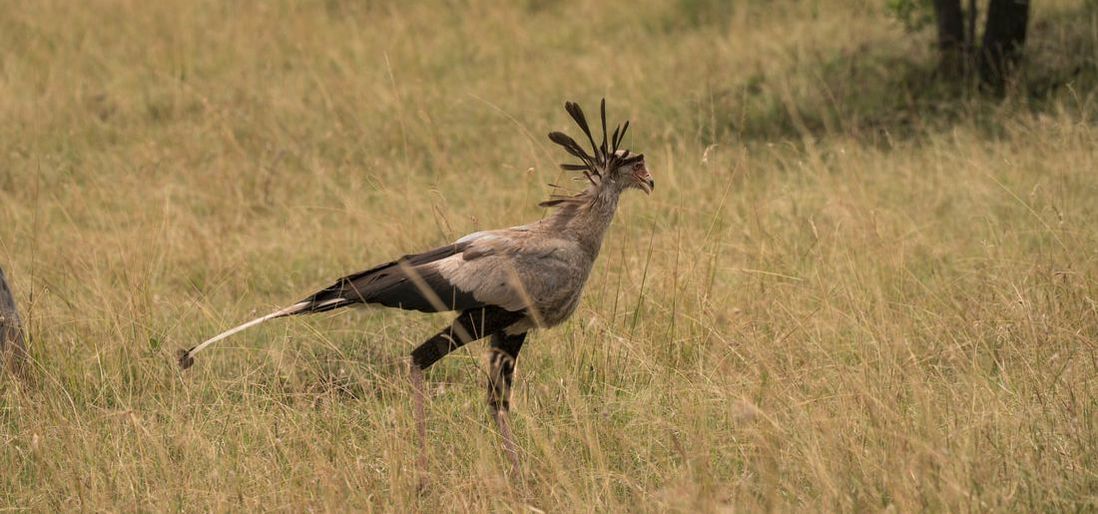 Once back in camp, we cleaned up and enjoyed a late dinner. No night drive tonight. We were all ready to turn in and prepare for the next day's drive. _____ All photos and text are copyright Clinton Richardson. The images are from the author's Safari Collection at Trekpic.com. If you like these posts, please tell your friends about the Venture Moola blog at Readjanus.com. Want to plan your own safari? If so, feel free to check out the outfitter we used at Porini.com. And, feel free to share this blog. The more readers the better. Click here if you would like to get a weekly email that notifies you when we release new entries. Or, click in the side column to follow us on Facebook or Twitter. |
the blog
Travel, history, and business with original photos.
your hostClinton Richardson - author, photographer, business advisor, traveler. Categories
All
Archives
July 2023
Follow us on Facebook
|
Check out Ancient Selfies a 2017 International Book Awards Finalist in History and 2018 eLit Awards Gold Medal Winner and
Passports in his Underpants - A Planet Friendly Photo Safari a 2020 Readers' Favorite Winner in Nonfiction
Site Copyright 2024 by Clinton Richardson
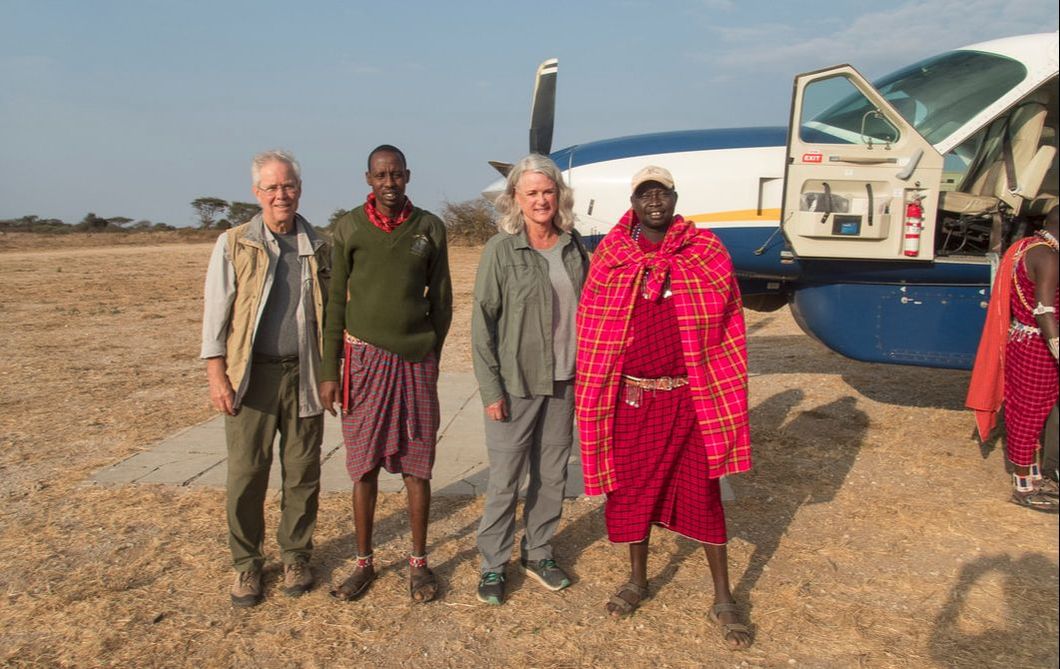
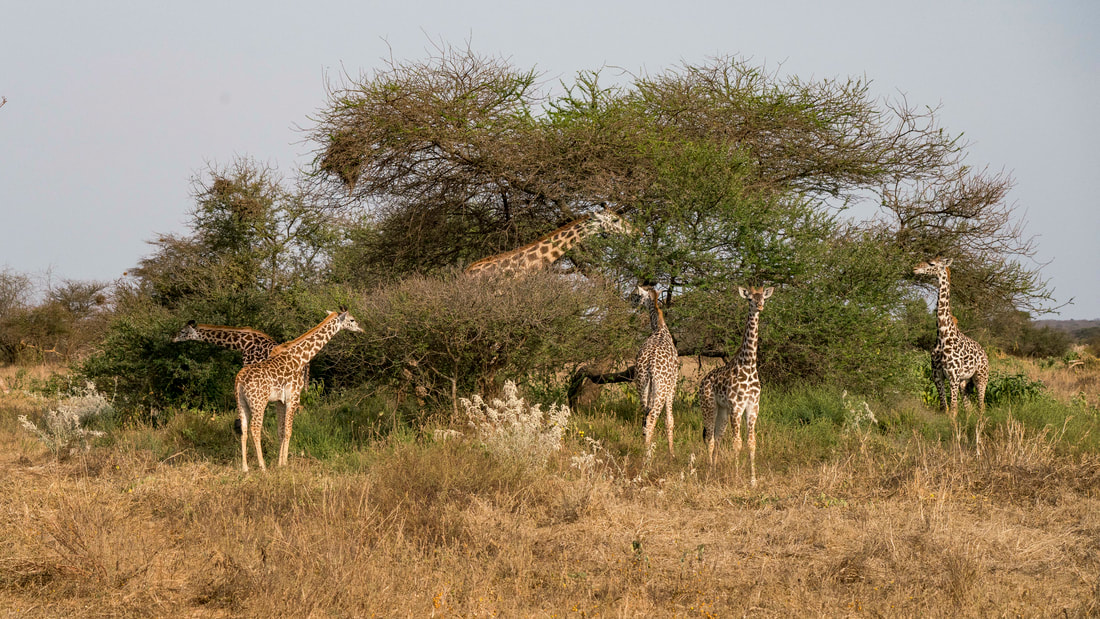
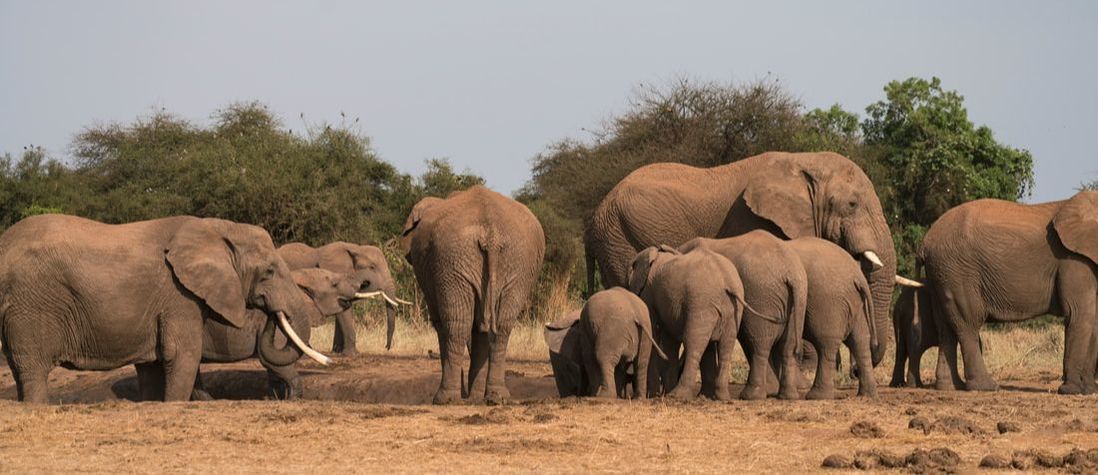
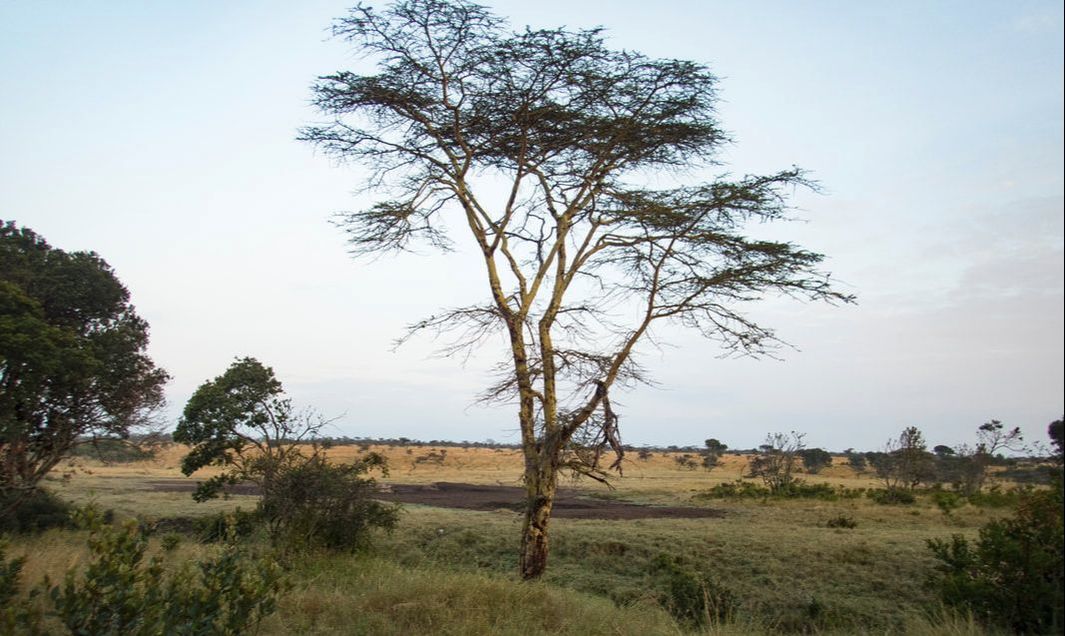
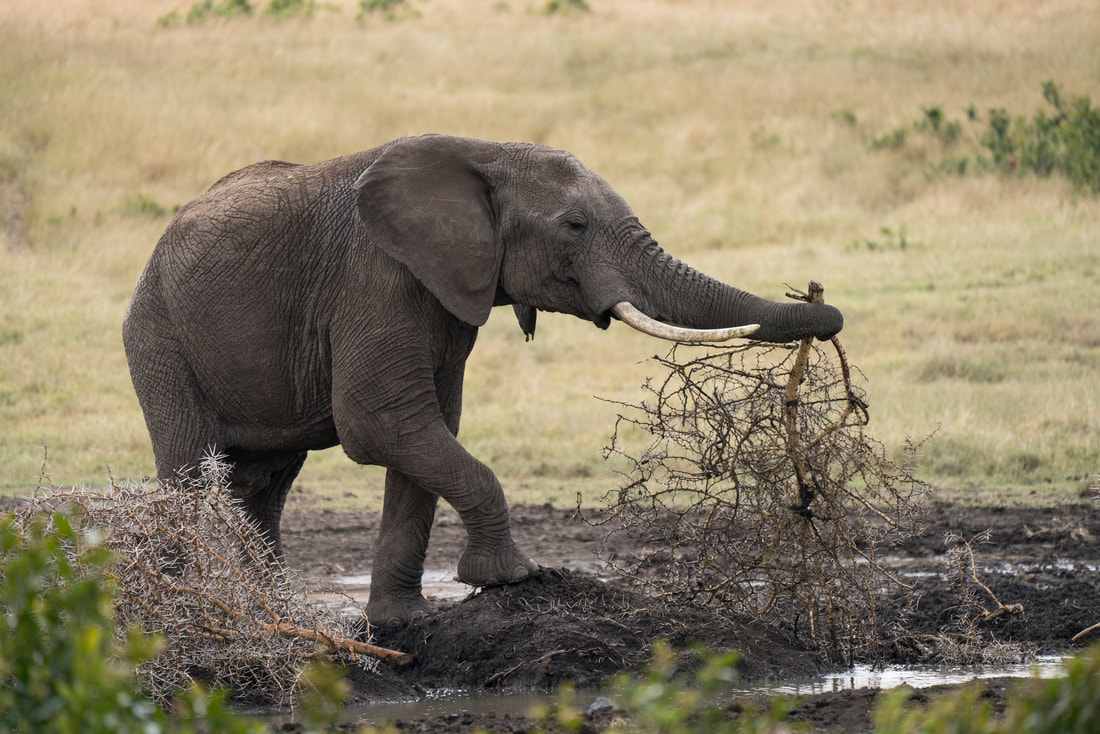
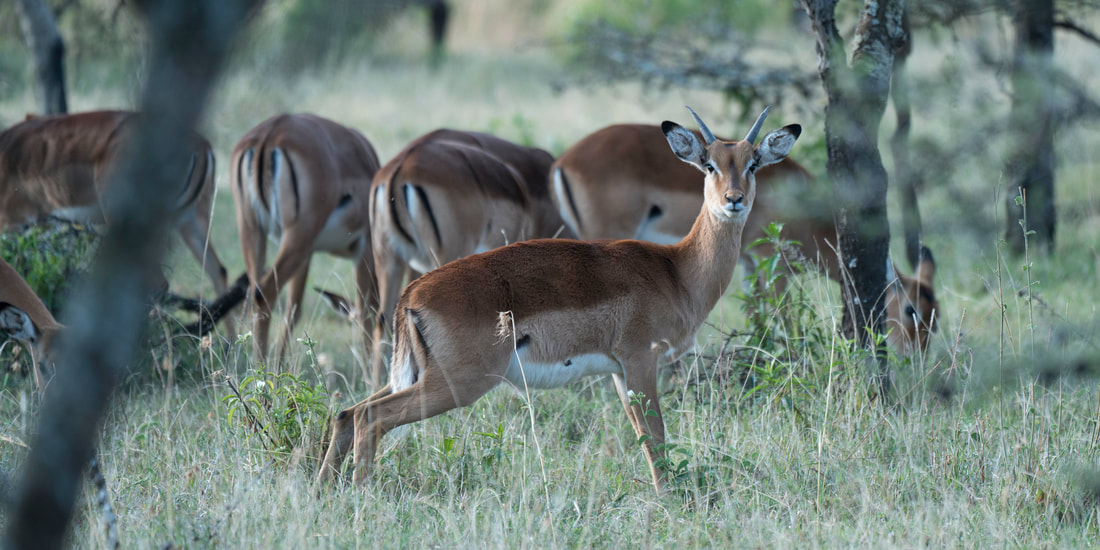
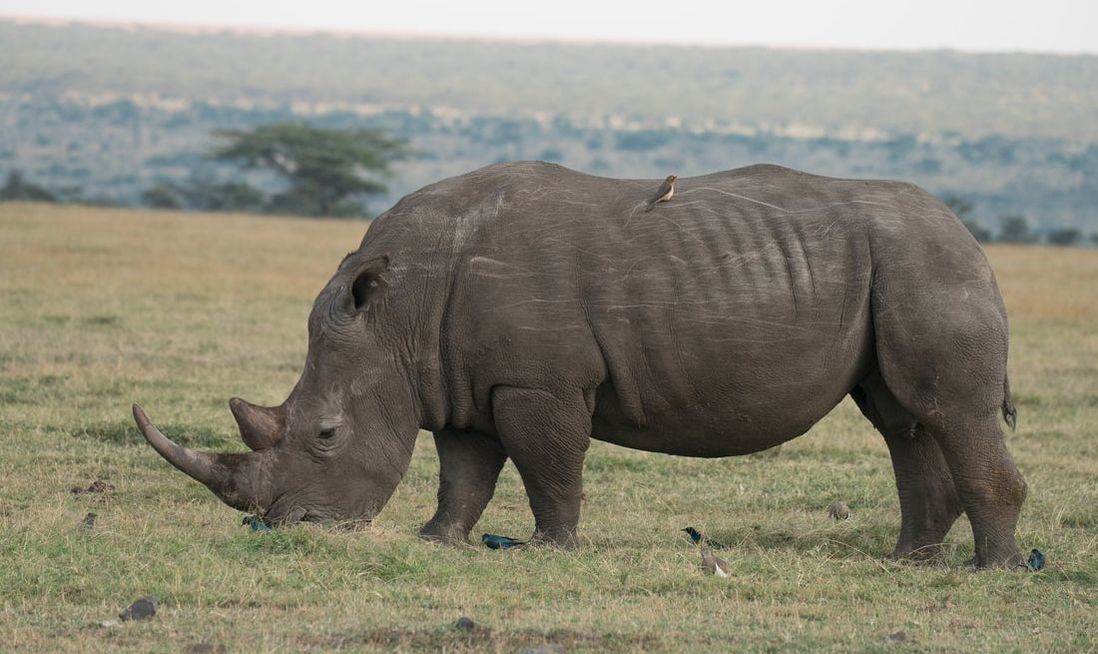
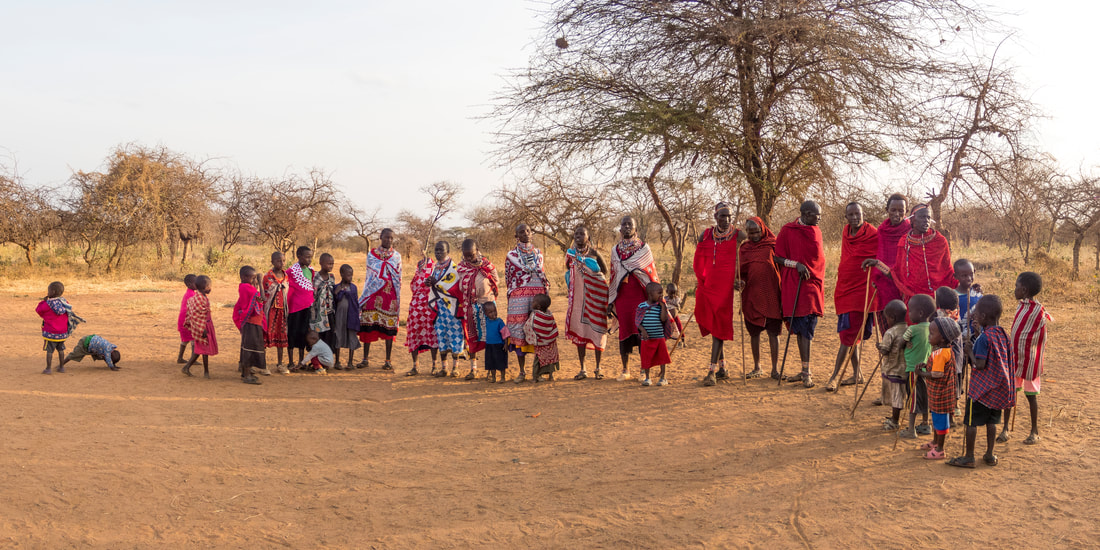
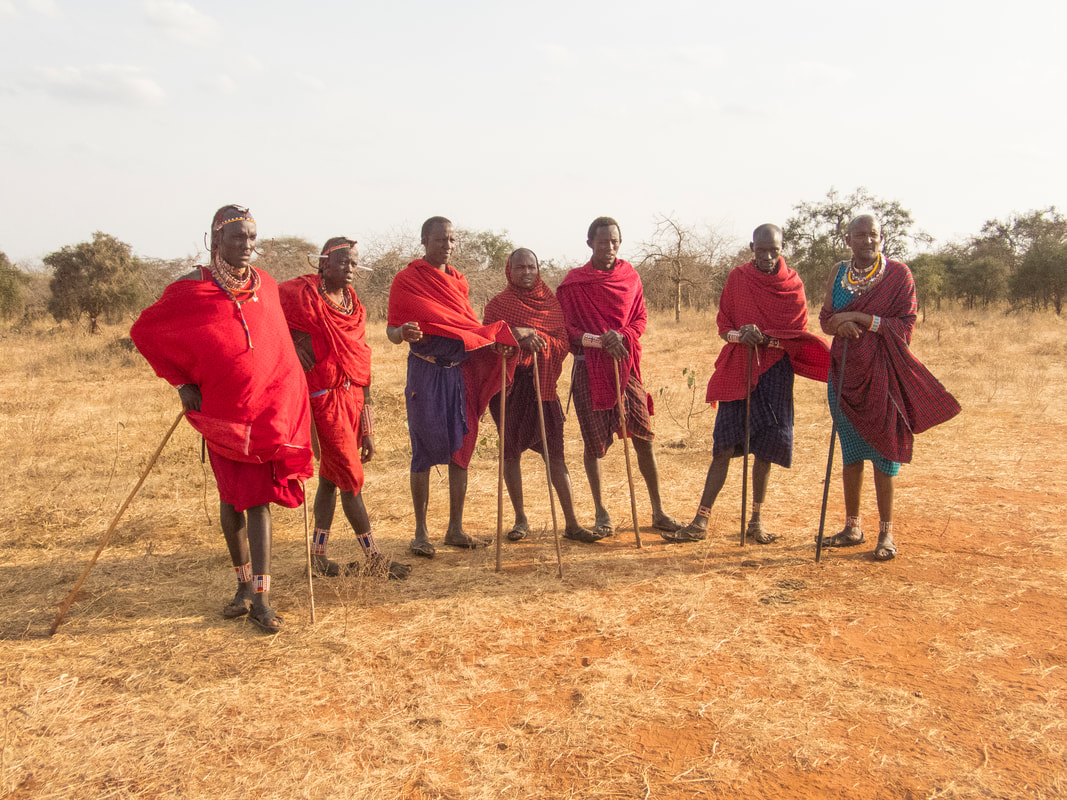
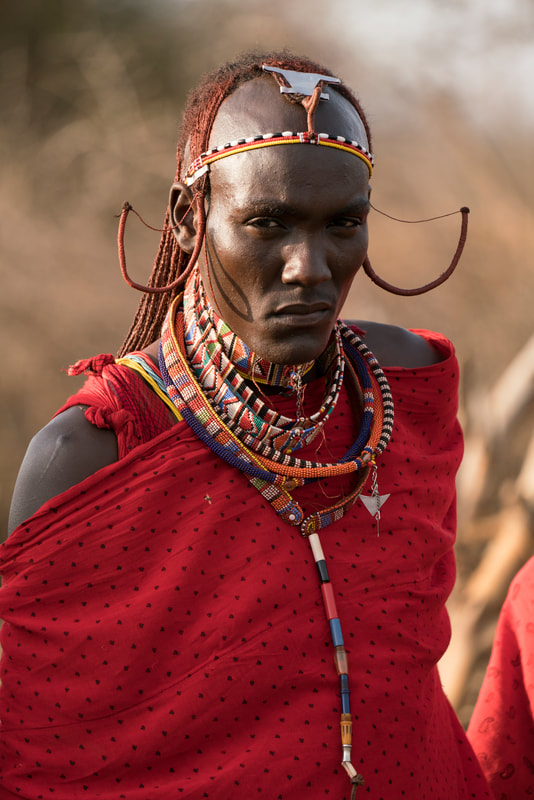
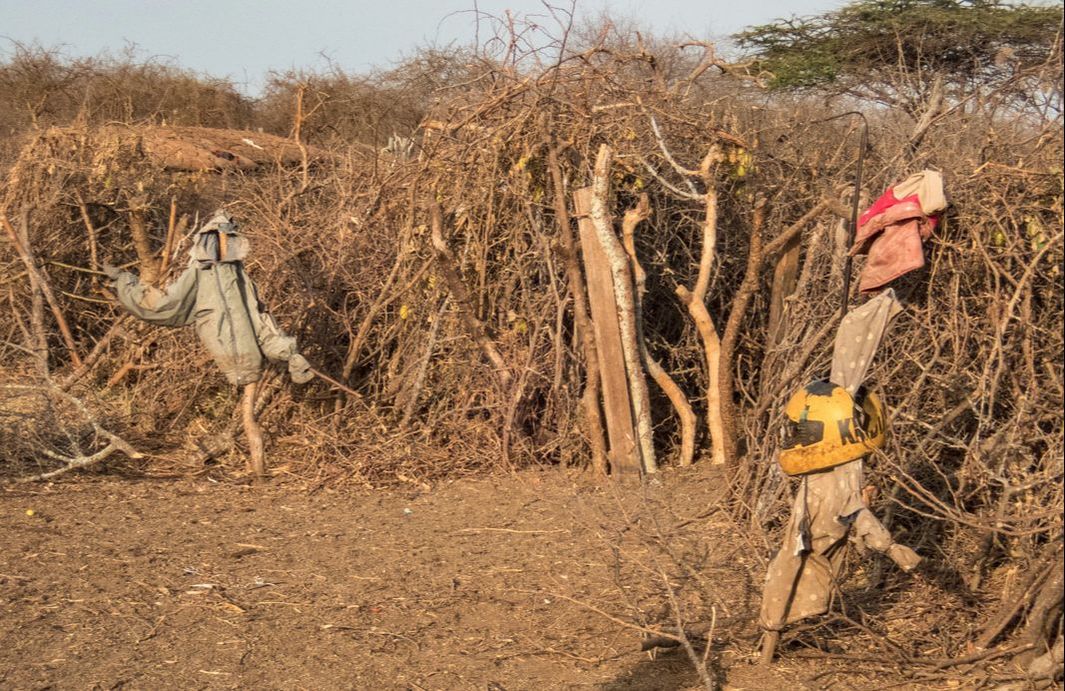
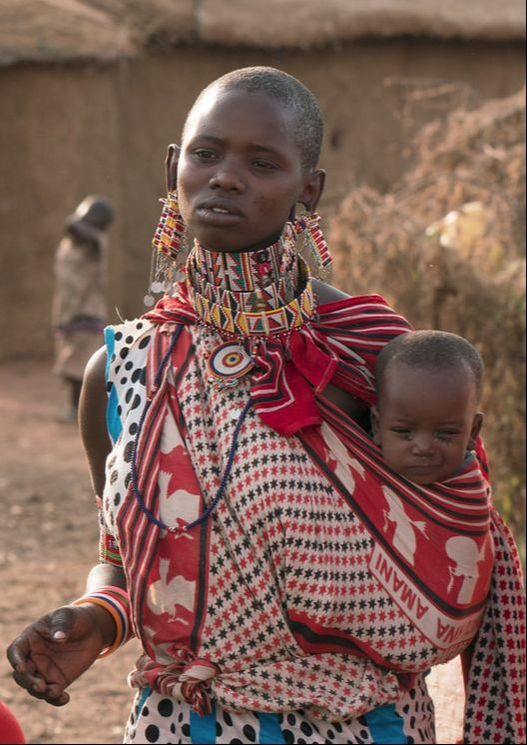
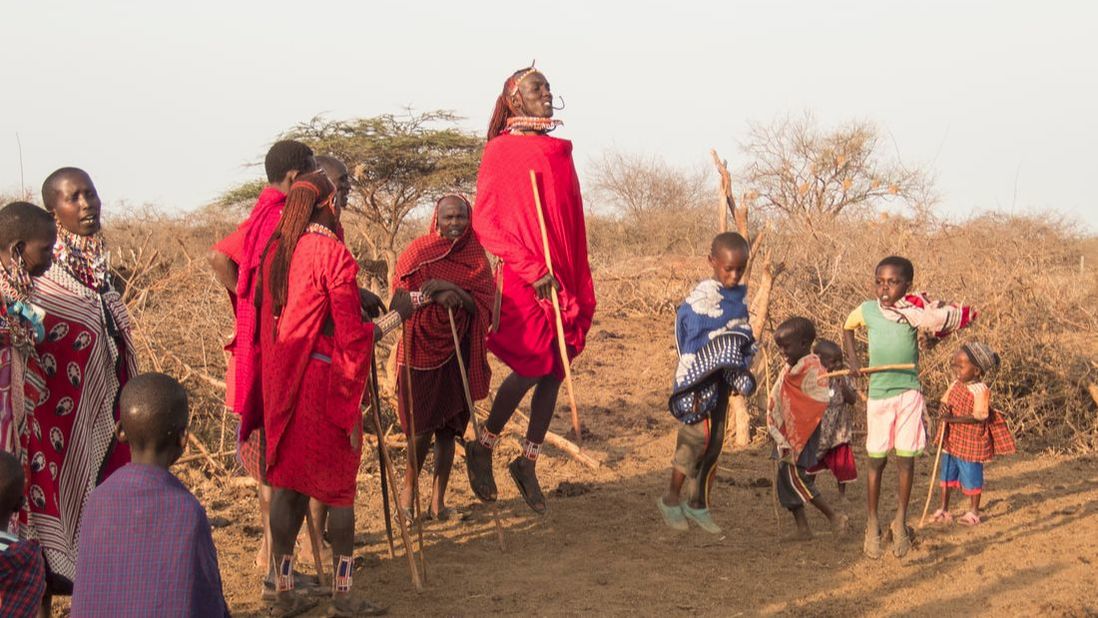
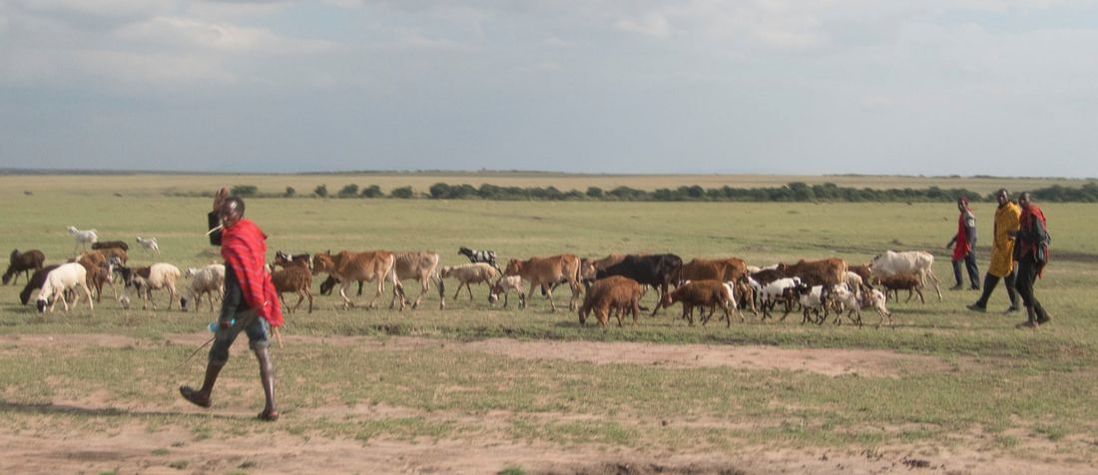
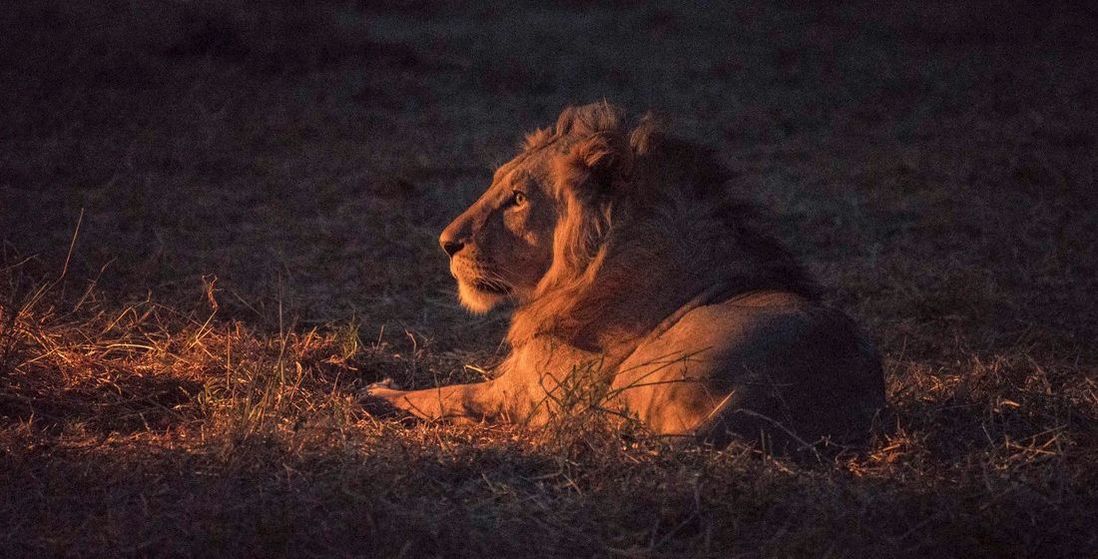
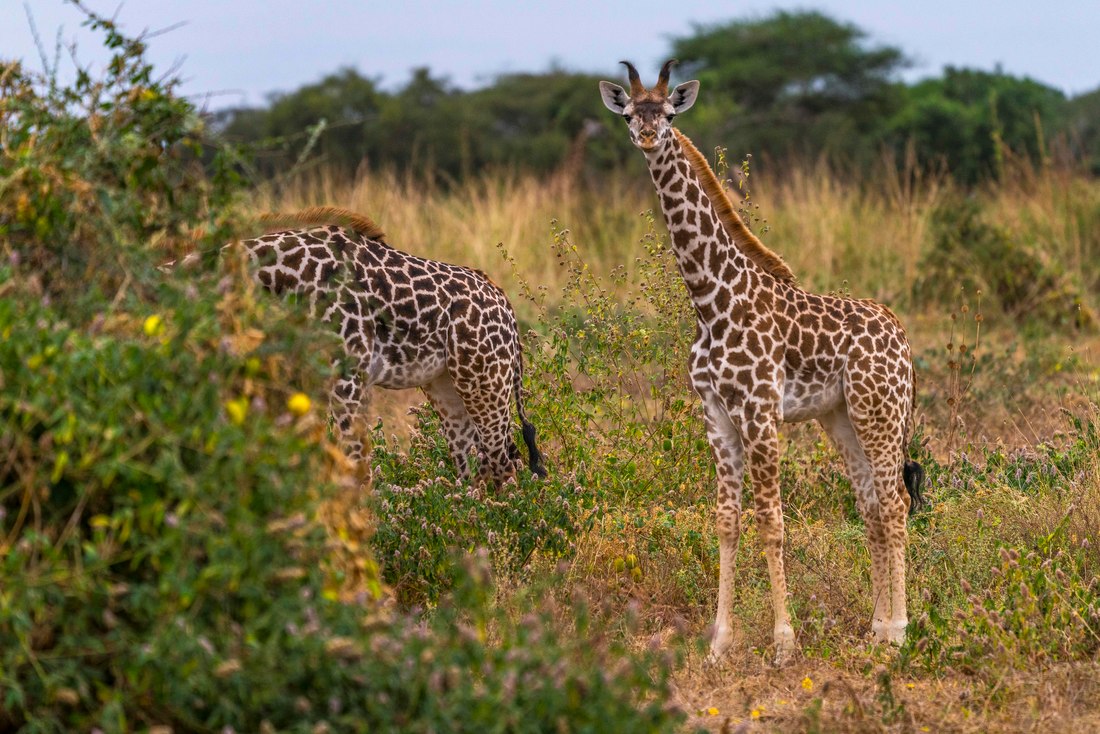
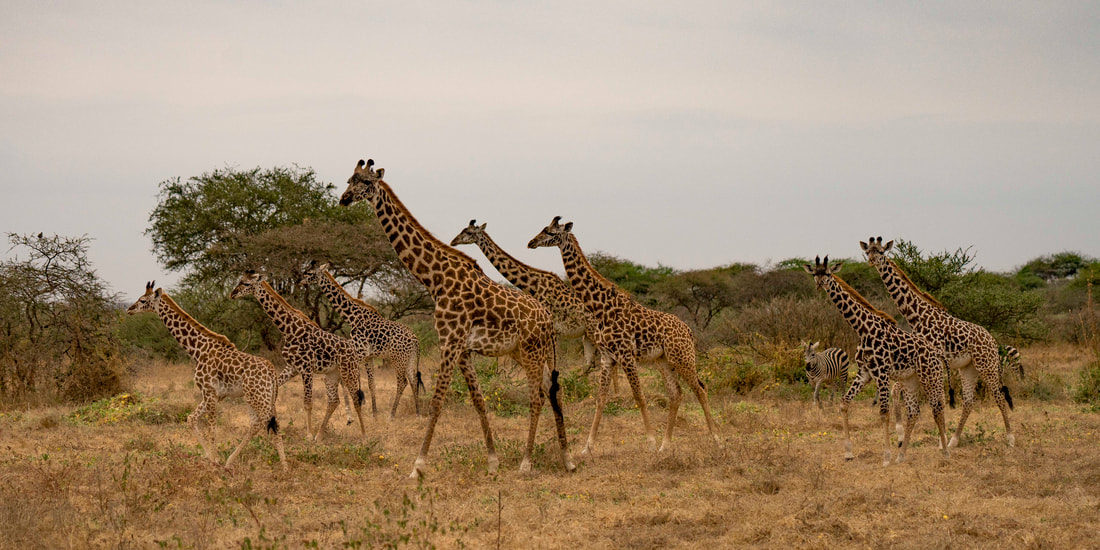
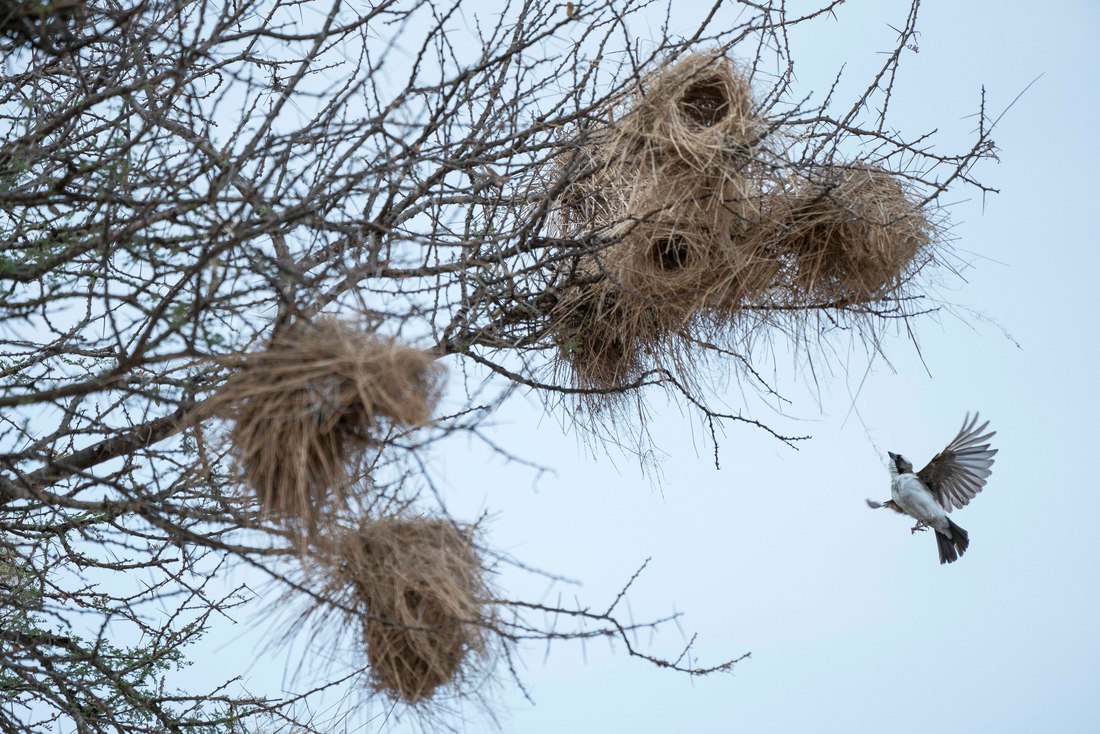
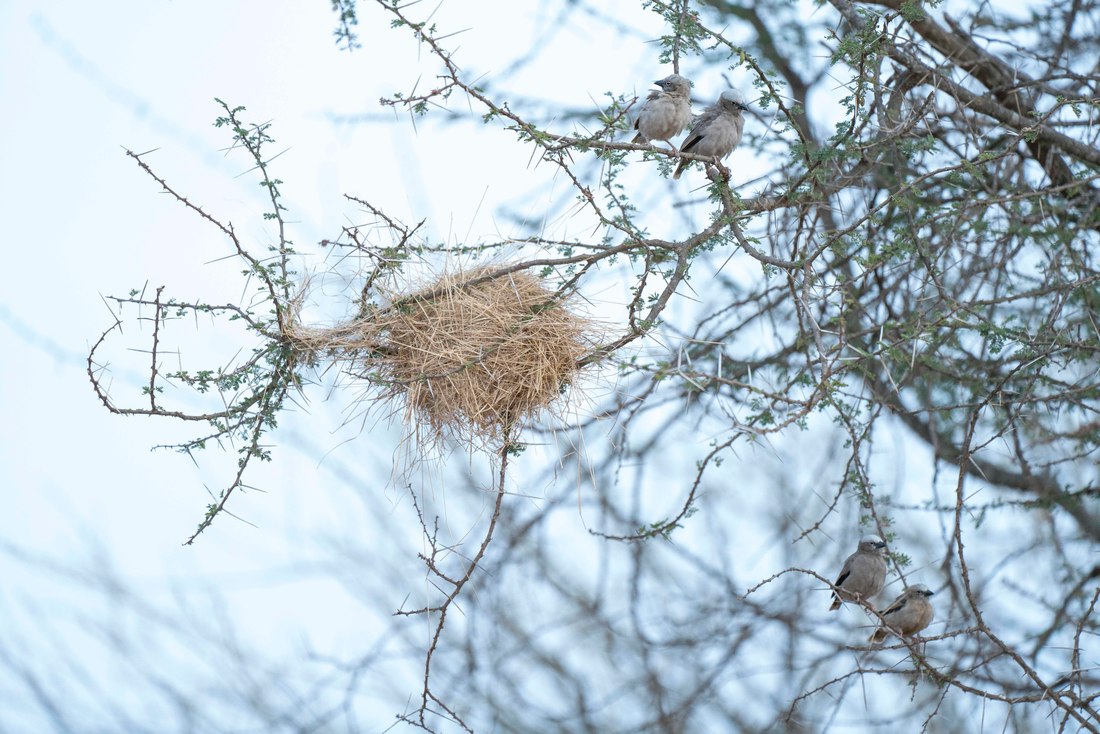
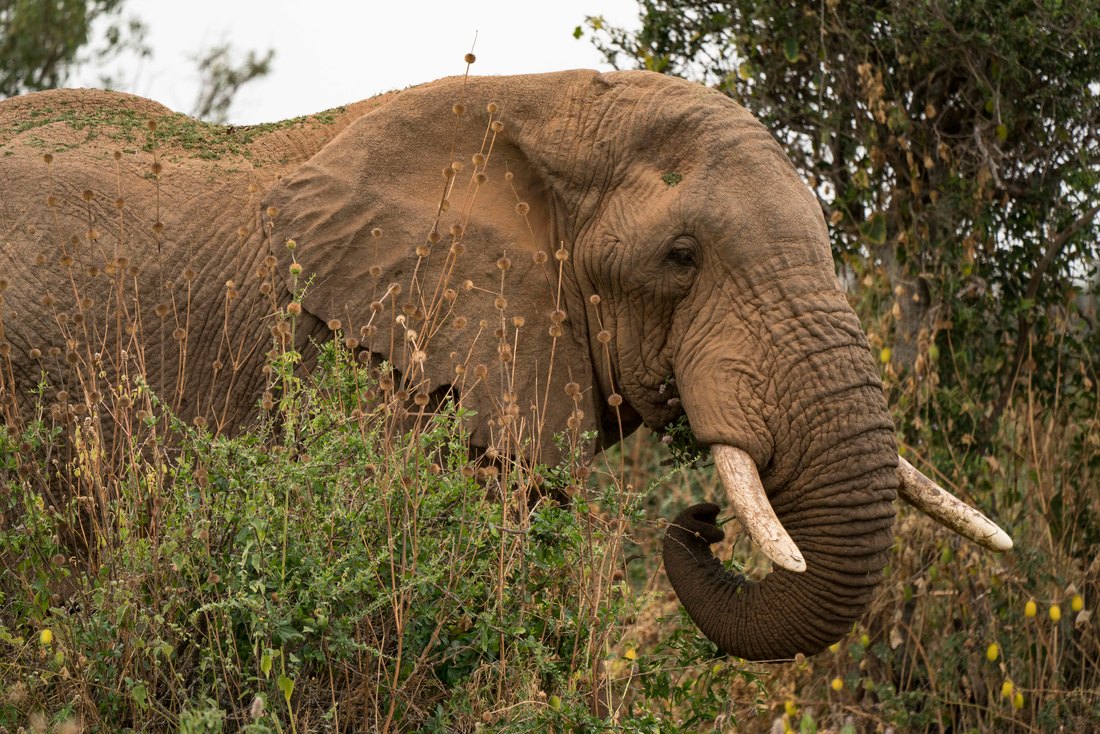
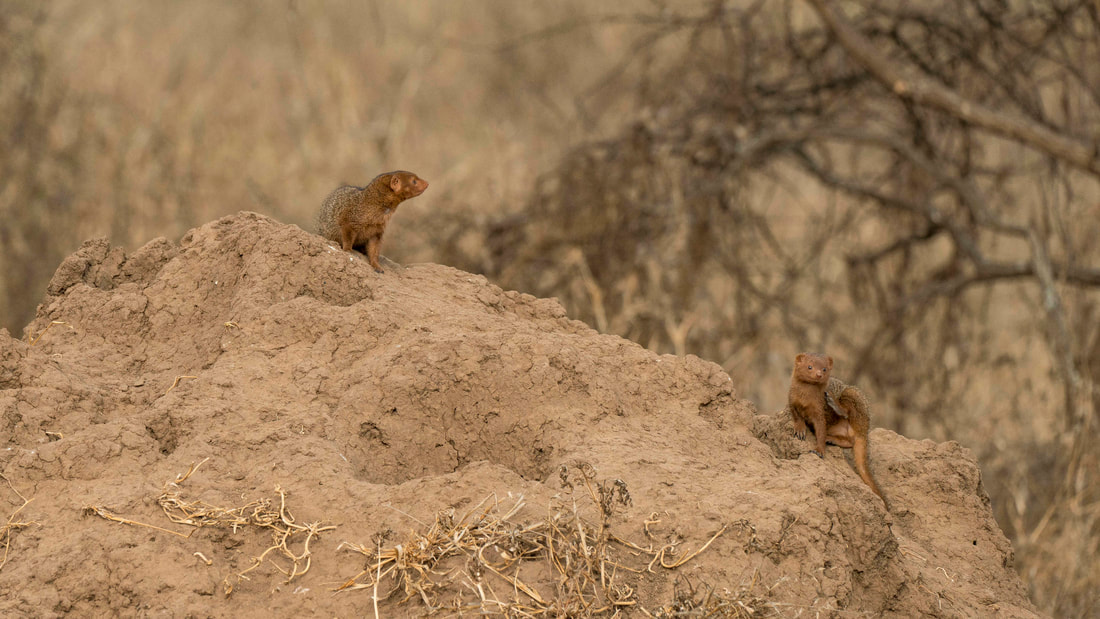
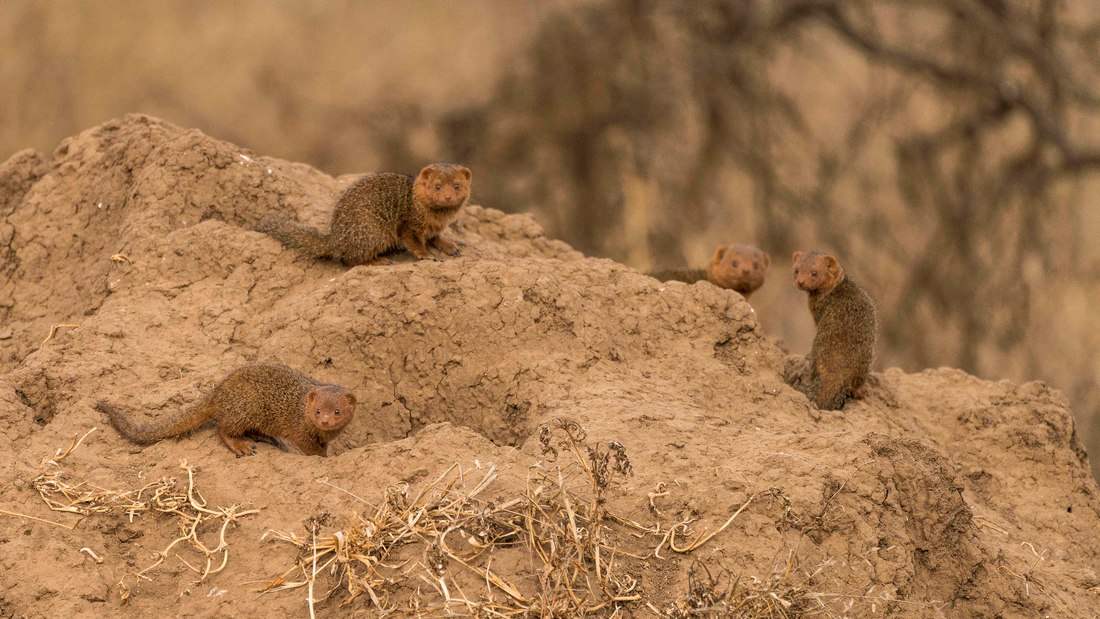
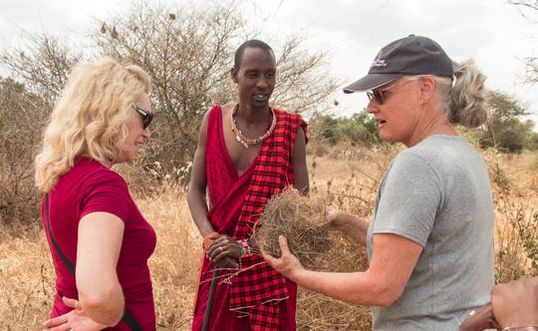
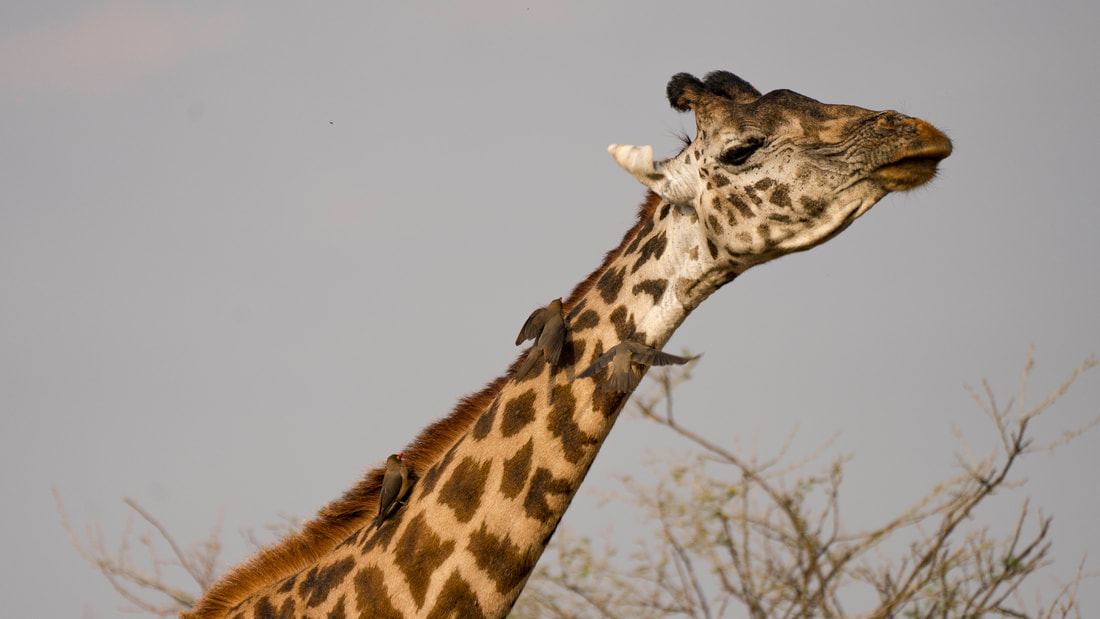
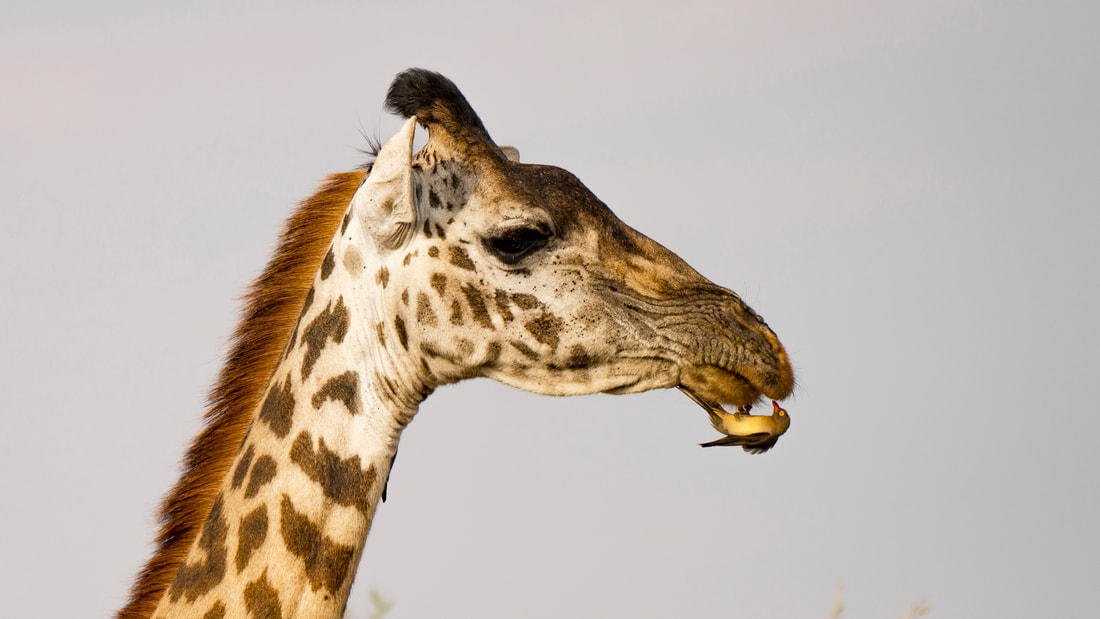
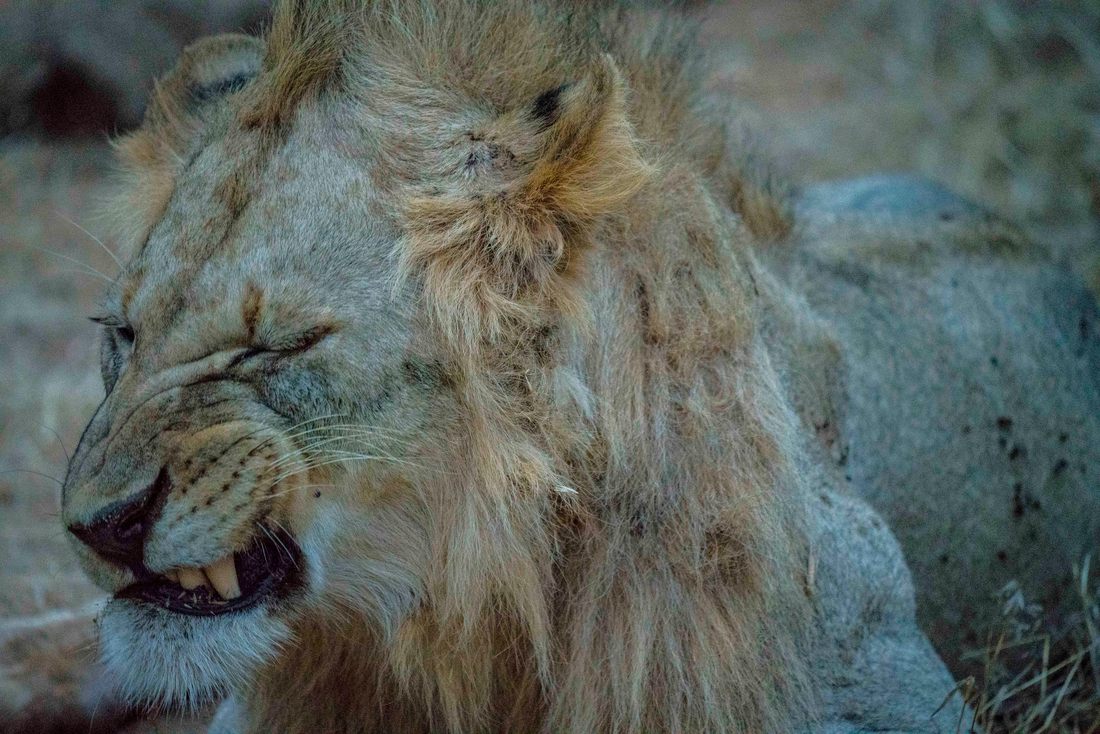
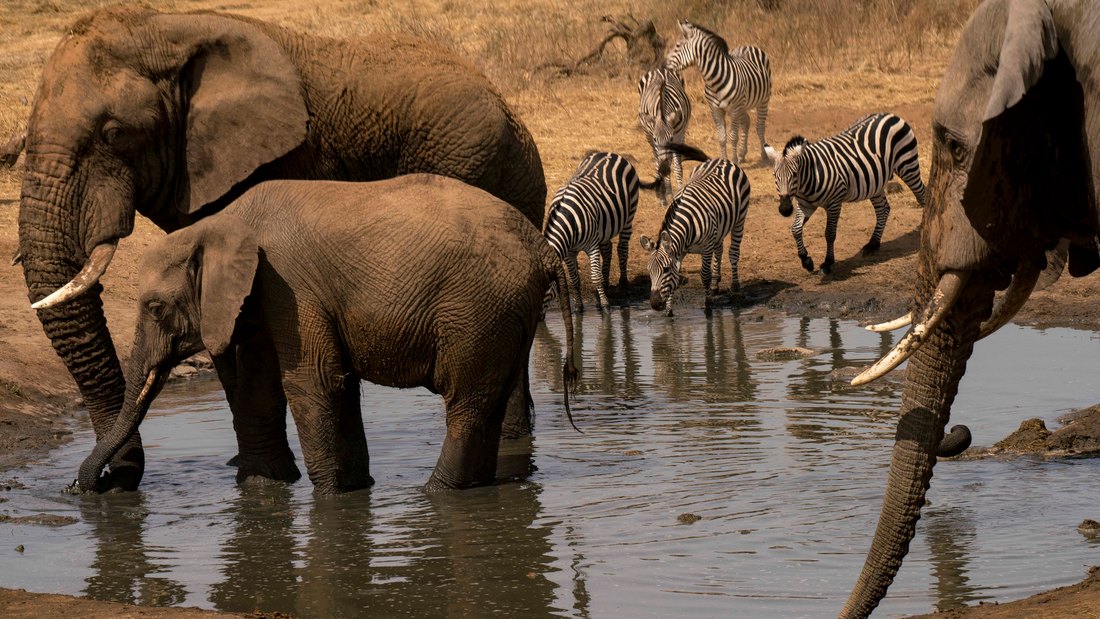
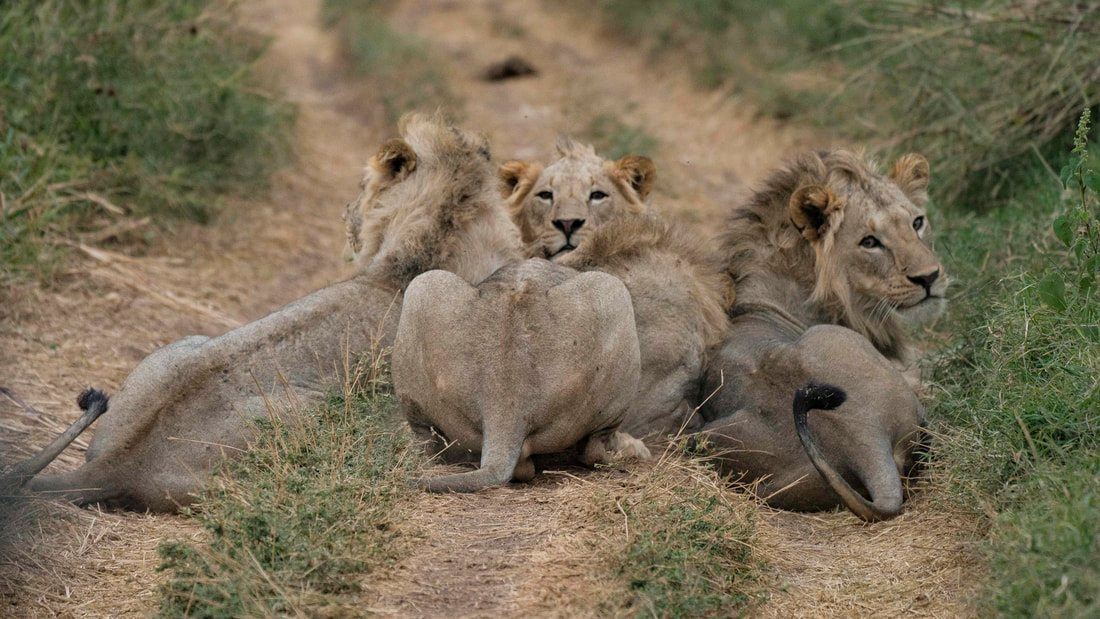
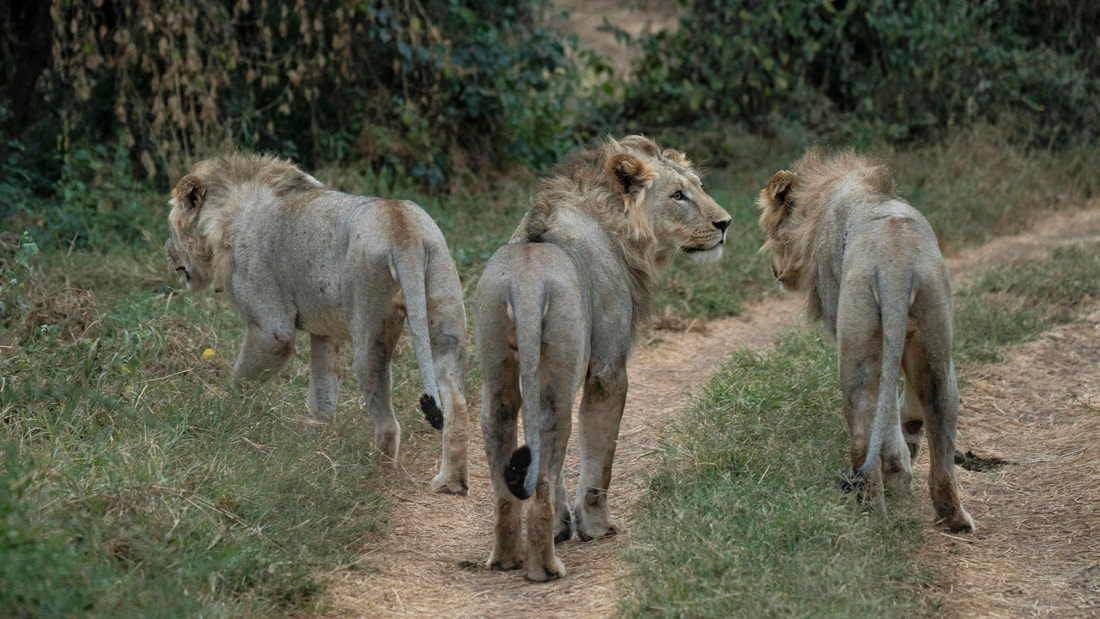
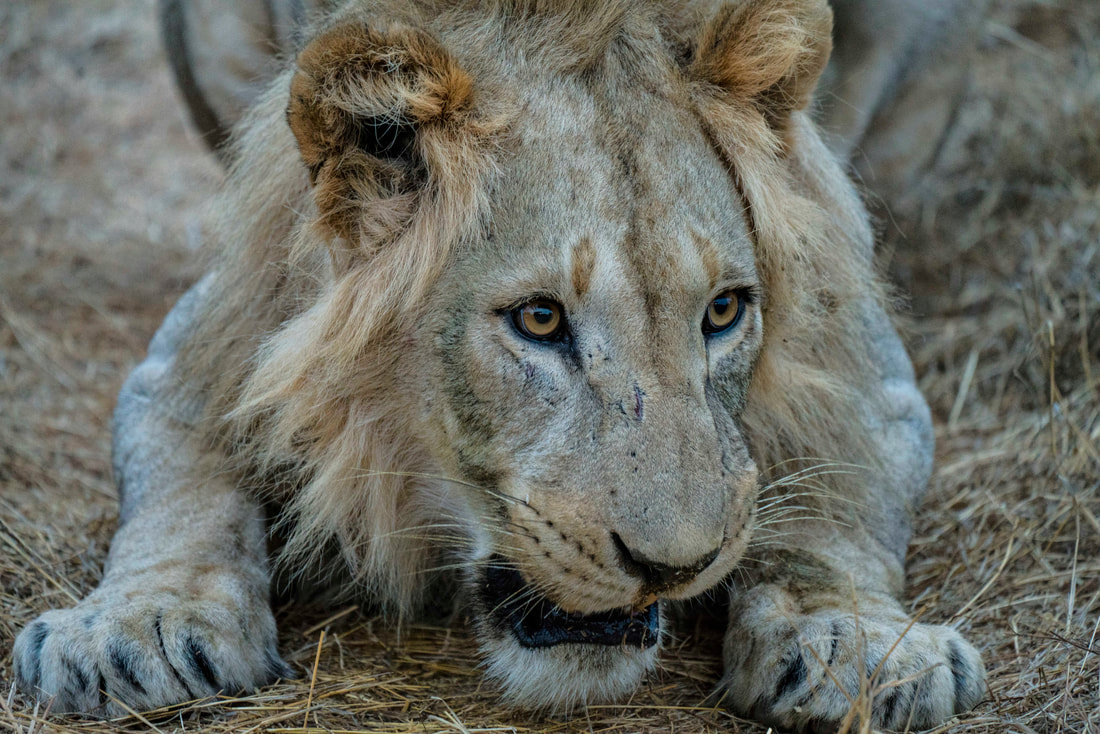
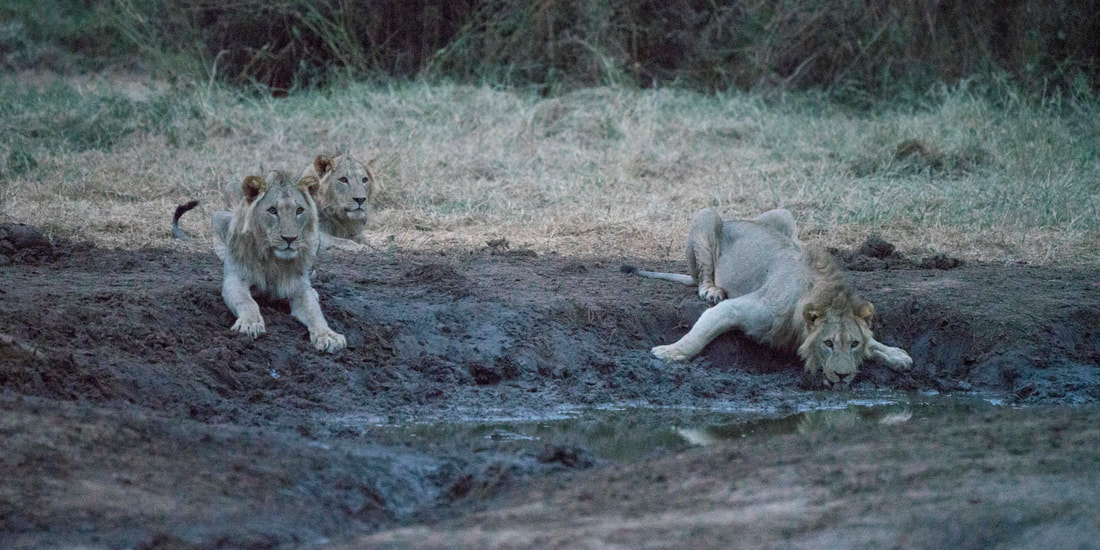
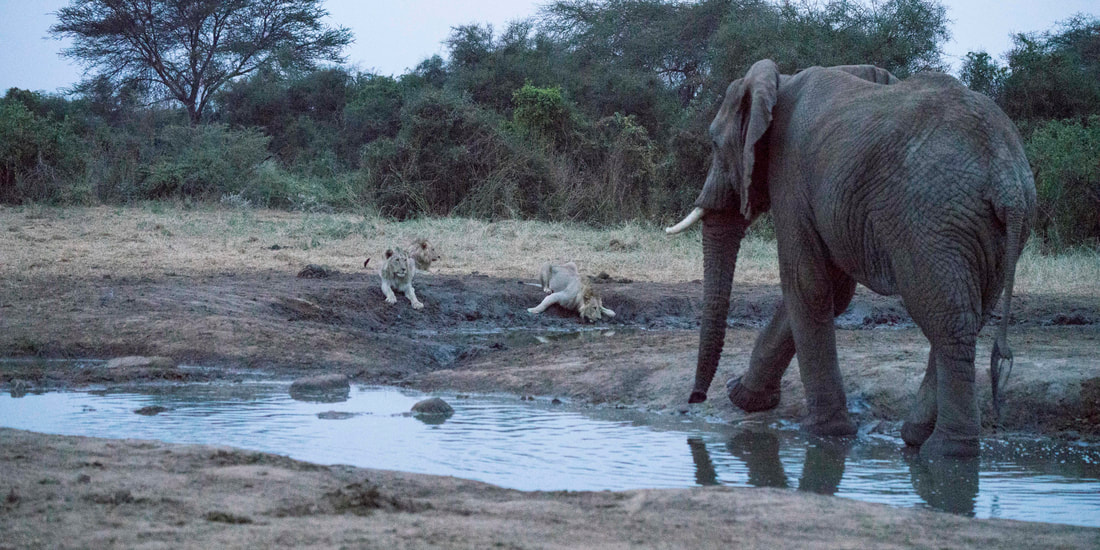
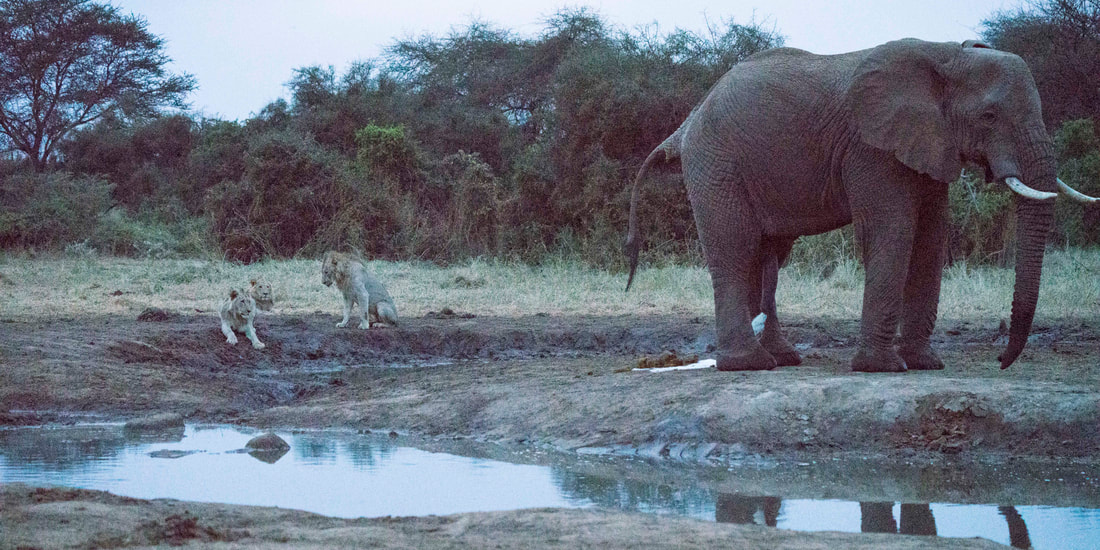
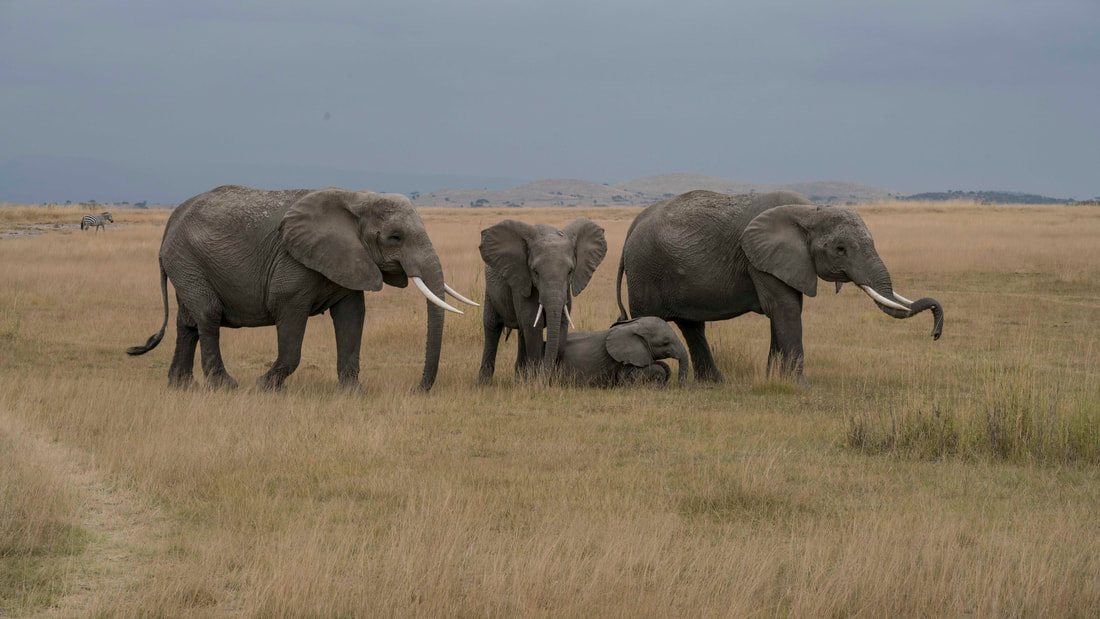
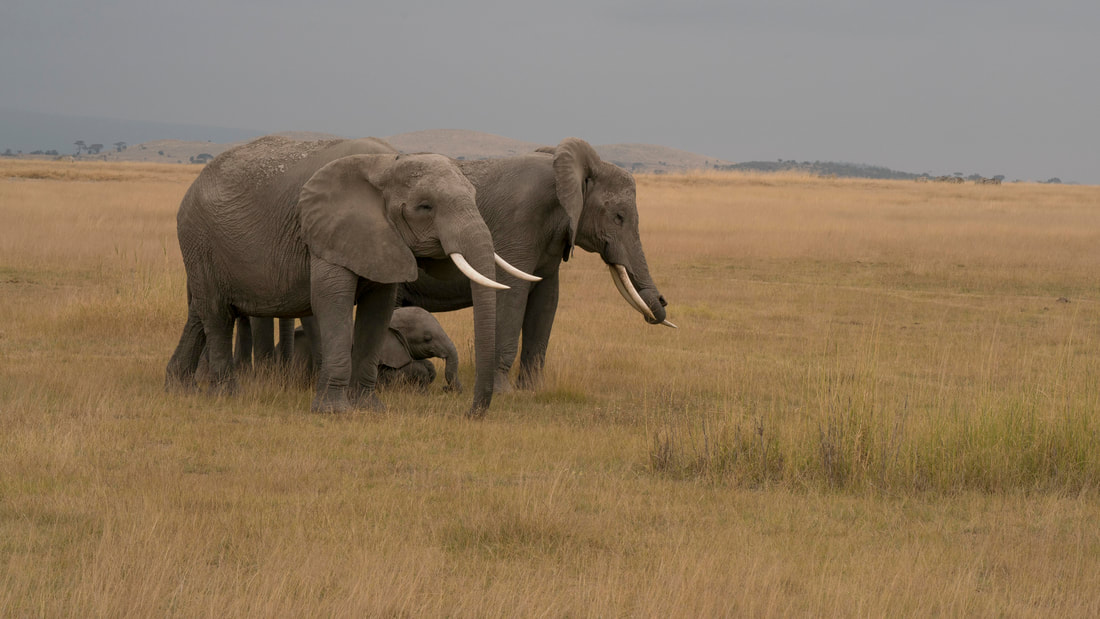
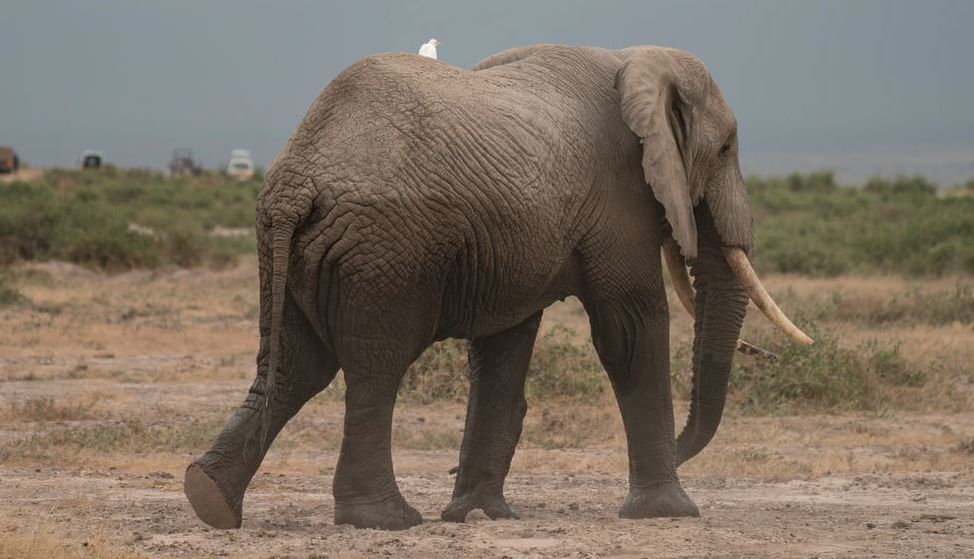
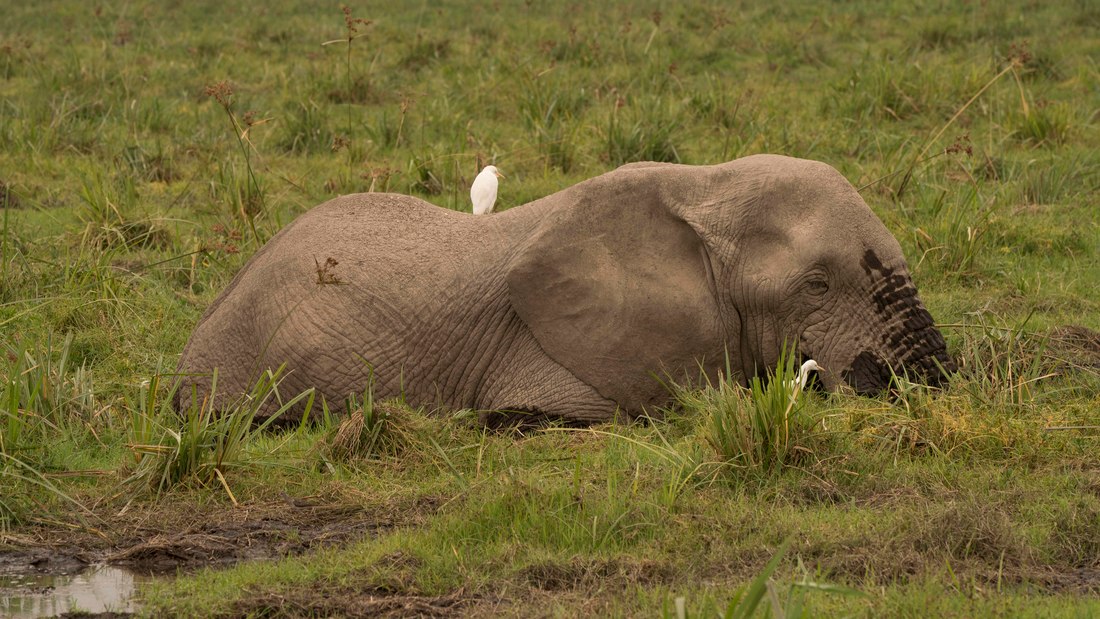
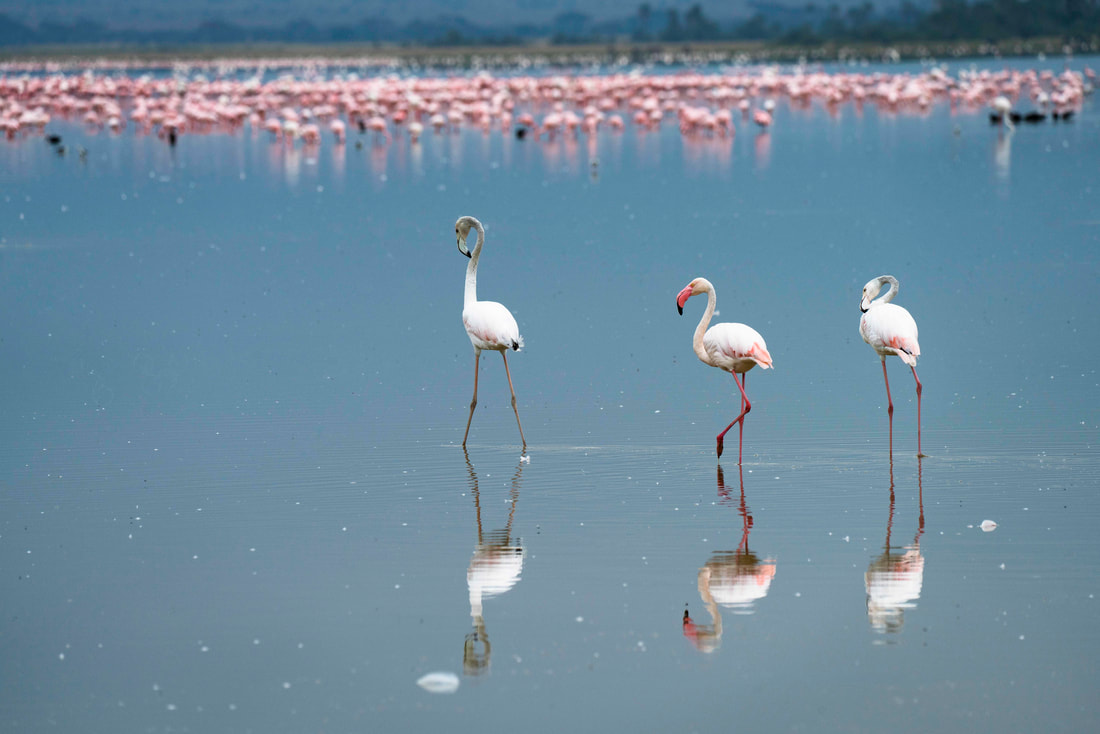
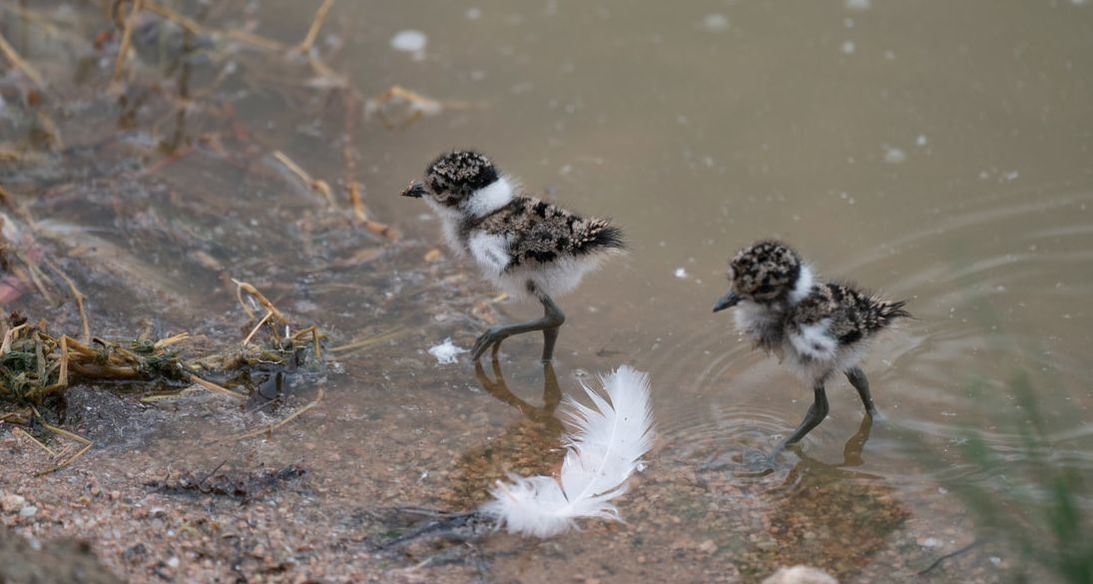
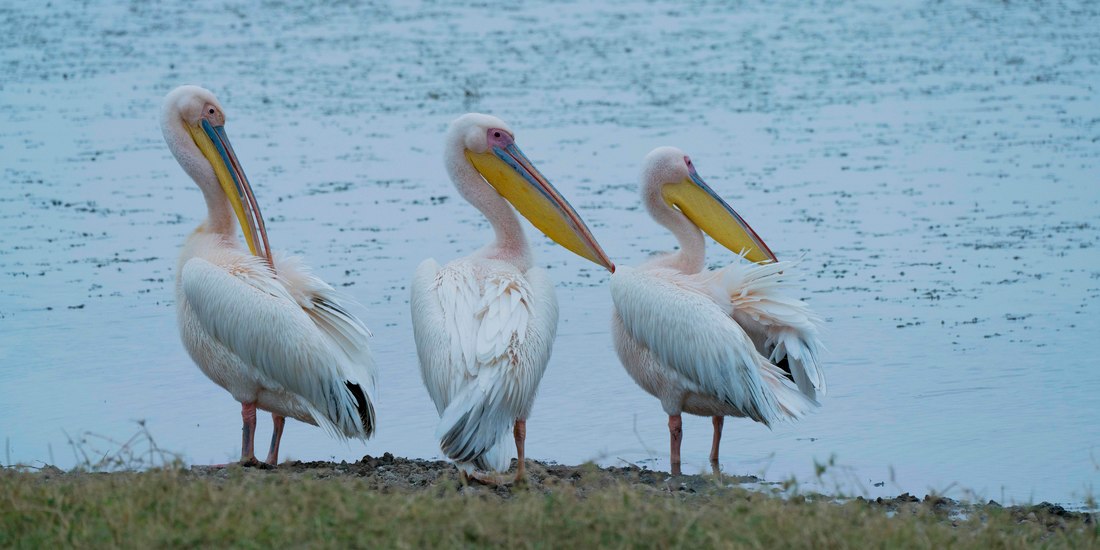
 RSS Feed
RSS Feed